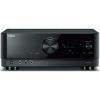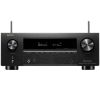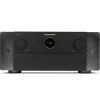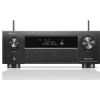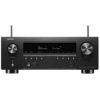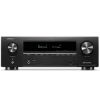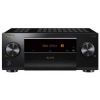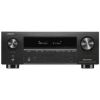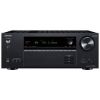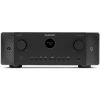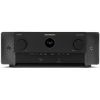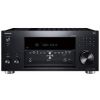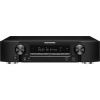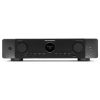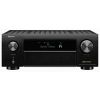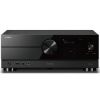| Overall | Amplifier | Audio features | Connectivity | Streaming services | Extensive connection | Multi-room | Additional features | Video features | Multichannel surround | ||
|---|---|---|---|---|---|---|---|---|---|---|---|
| Integra DTM-7 | 7.1 | 7 | 7 | 8 | 8 | 6 | 7 | 8 | 6 | inapt | See price |
| Onkyo TX-8140 | 6.5 | 8 | 7 | 9 | 5 | 6 | 4 | 7 | inapt | inapt | See price |
| Integra DTM-6 | 6.5 | 6 | 7 | 8 | 8 | 5 | 0 | 5 | inapt | inapt | See price |
| Onkyo TX-8270 | 6.2 | 7 | 8 | 8 | 7 | 5 | 5 | 5 | 5 | inapt | See price |
| Yamaha R-N303BL | 6 | 7 | 6 | 7 | 8 | 4 | 0 | 6 | inapt | inapt | See price |
| Onkyo TX-8260 | 6 | 7 | 7 | 7 | 7 | 5 | 5 | 4 | inapt | inapt | See price |
| Yamaha R-N602BL | 5.8 | 7 | 6 | 8 | 7 | 5 | 0 | 6 | inapt | inapt | See price |
| Sony STR-DH190 | 5 | 7 | 6 | 5 | 0 | 4 | 0 | 4 | inapt | inapt | See price |
| Yamaha R-S202BL | 4.8 | 8 | 5 | 4 | 0 | 2 | 0 | 5 | inapt | inapt | See price |
| Harman Kardon HK 3700 | 4.8 | 6 | 6 | 7 | 3 | 4 | 4 | 4 | inapt | inapt | See price |
So you want to choose the best stereo receiver under 300? You are very lucky that in the modern world you can find absolutely everything for every taste and color! Firstly, let's figure out what a stereo receiver is. Stereo receivers are a digital stream amplifier that is usually intended for audio-only. It is an essential component of a home theater system. Why is it so important? The answer is simple - without a receiver, it will be impossible to achieve a sound like in a real cinema. So below you will see a selection of the best stereo receivers under 300.
Best Stereo Receiver Under $300 Reviews
Sony STRDH190 - best overall

A subtle combination of rigor with modernity, reliability and ease of use. This cheap audio receiver is suitable for the average user who wants to get great sound at a low cost. It has many ports and Bluetooth for connecting to a phone or computer. It lacks a connection to wi-fi or the Internet and support for a voice assistant, but even without this, the audio receiver is good. This is one of the best 2 channel receiver under $300. Output power: 100 W / 8 Ohm, the ability to connect up to 4 speakers, the presence of radio, easy setup and small size make it one of the best!

Take the Yamaha R-S202 for comparison. The audio receiver from Sony, as well as the audio receiver from Yamaha, has only a lot of ports and a Bluetooth connection. The sizes of the receivers are almost the same. Both are dual channels and both have a 100 W / 8 Ohm power output. But Sony has the ability to connect up to 4 speakers, while the Yamaha has only up to 2 speakers! Sony also has 30 FM / AM stations preset, but Yamaha has 40 FM / AM stations. Of the unpleasant disadvantages of Sony, you will find the ability to connect Bluetooth to only one device at a time and a slow search for radio stations.
I approve of this radio receiver. It's easy to set up and use. The Sony STRDH190 has a nice design and looks great in the room. This is one of the best stereo receivers for under 300 dollars and is great for simple home use. Good value for money.
Why is it worth taking it? Sony STRDH190 is easy to set up and use the receiver for home use. The ability to connect via Bluetooth, good sound are the reasons to buy it.
Pros
- Easy setup and use
- High sound quality
- Automatically detect paired device via Bluetooth and wake up from sleep mode
Cons
- Poor reception of FM signals
Yamaha R-S202
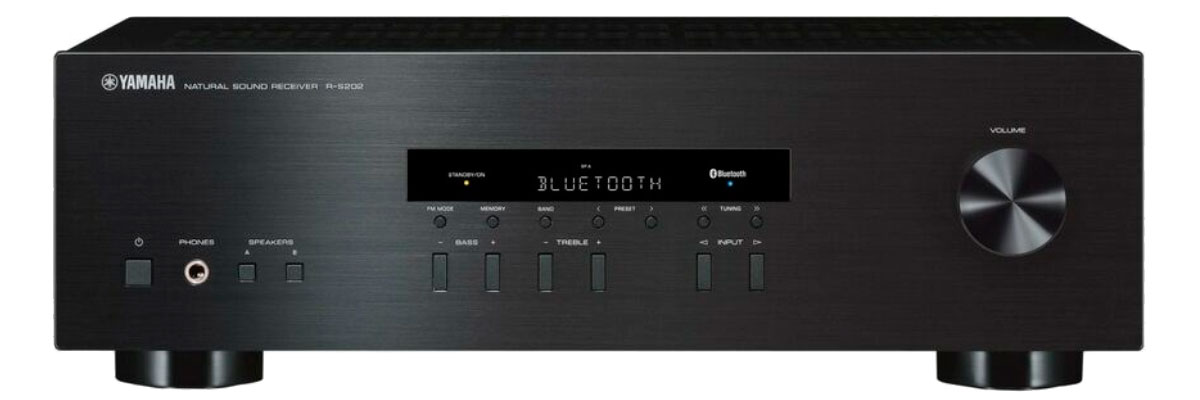
Small, modern and inexpensive receiver for true music lovers! The Yamaha company are real experts in their field. They perfectly combine everything you need for a comfortable stay when using the Yamaha R-S202. This budget audio receiver has Bluetooth connectivity, excellent sound quality, and the ability to save energy! When not in use, the receiver goes into sleep mode, which practically does not consume energy. It has a preset of 40 FM / AM stations. Also, you will be very pleased with the ability to fine-tune the receiver at startup and when it is turned off. You will love the build quality of the device, including the remote. Everything is made with excellent quality, the material is pleasant to the touch. The receiver looks great in the room and fits comfortably on a cabinet shelf.
A little higher, you have already seen a comparison of this device with a receiver from Sony. Yamaha R-S202 has approximately the same dimensions, slightly lower cost, preset for 40 FM / AM stations (in the receiver from Sony there is a preset for 30 FM / AM stations), but the main difference will be connecting only two speakers, compared to connecting 4 speakers from the Sony receiver.
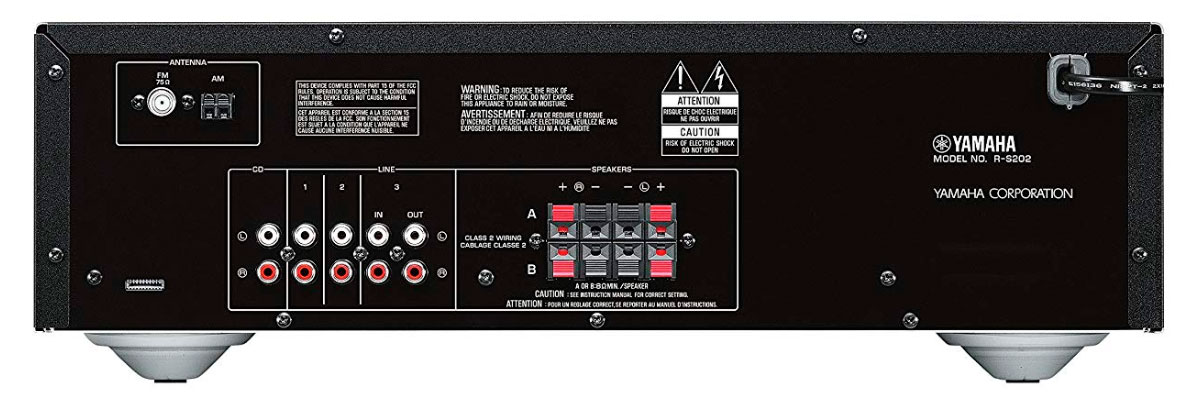
I tested this receiver and in addition to all the advantages listed above, I still found a minus. I didn't like the built-in Bluetooth adapter. Sound quality is lost when you use it. This problem was easily solved with another Bluetooth adapter. When using a third-party Bluetooth adapter, the sound quality becomes better than when using the original Bluetooth adapter.
Why should you buy it? The Yamaha R-S202 is small, easy to use, and has high-quality audio. This would be a great option for a home audio system.
Pros
- Easy to use
- The ability to fine-tune the receiver
- The presence of an electric saving sleep mode
- Excellent sound quality when connected to speakers
Cons
- The deterioration of sound quality when using the original Bluetooth adapter
Pioneer SX-10AE
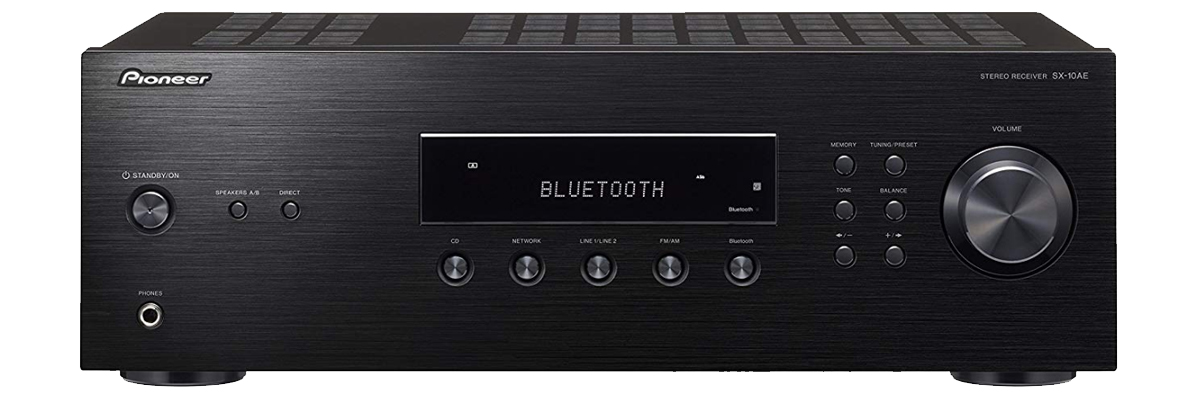
A modern stereo receiver with a minimalist square design. This is a two-channel receiver with the ability to connect devices via Bluetooth. The discrete amplifier inherits the Direct Energy Design for faithful reproduction of the audio content. A shorter transmission path, clean grounding and rigid structure with improved damping all help improve audio for quality sound. Pioneer SX-10AE, when connecting a device via Bluetooth, remembers it and pairs when it is detected again! The presence of radio and the ability to save up to 40 radio stations in the device's memory. Modern technology allows you to quickly find the nearest radio stations. Also, this budget audio receiver has an auto power off mode if the receiver is not used for a long time.
The Pioneer SX-10AE compares well to an audio receiver for roughly the same price tag - the Pyle P3201BT. They both have Bluetooth connectivity, sleep mode, radio, and store up to 40 radio stations. But Pioneer SX-10AE is a clear leader in this comparison due to its simplicity! Even a child can handle setting up and using this receiver! The only thing that this receiver loses is the sound quality. Without the use of additional utilities that you need to buy in addition, the sound is worse than that of the Pyle P3201BT.
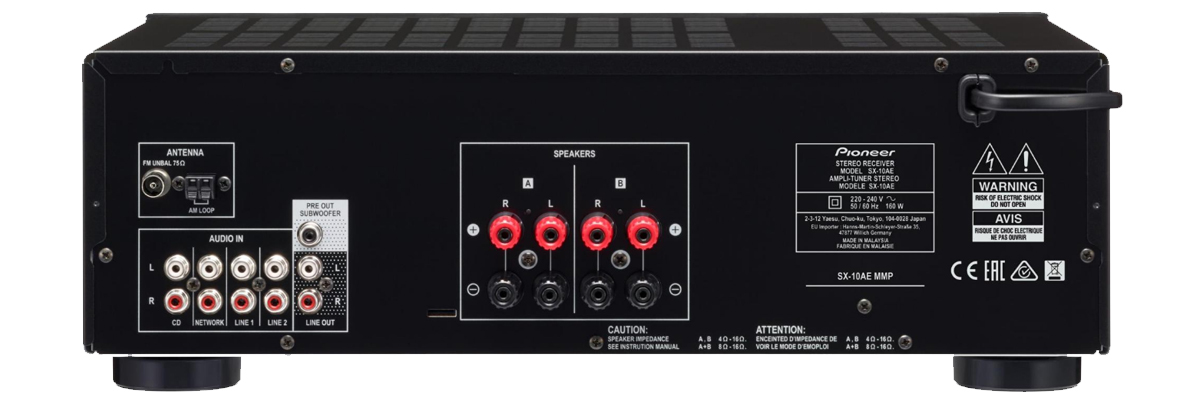
My feedback on this audio system is ambiguous. It brought me back to the world of real music! Using this receiver is very easy, even without reading the instructions. There were no difficulties. It looks minimalistic, there is nothing superfluous. I was pleased with the really good quality of the receiver. The only thing that upset me was the flat sound. I'm running out of bass! This problem was easily solved by purchasing a subwoofer, but in fact one could do without it.
Why do I recommend this stereo receiver? It is extremely easy to use, has a wide range of functions and faithful reproduction of the audio content.
Pros
- Compact and discreet
- Easy to use
- High quality sound
Cons
- Possible flat sound without using a subwoofer
What to look for when choosing a stereo receiver under $300
Power per channel
The amplifier in the receiver sends power to the speakers. This power is measured in watts per channel. The more watts, the louder your speakers can be. Your speakers will most likely note the recommended amplifier power, often quoted as a range. But overall, a receiver capable of delivering roughly 100 watts per channel should be enough for all but the largest home theaters.
Speaker impedance, measured in ohms, is another important variable to consider. Both speakers and receivers are usually rated at 4, 6, or 8 ohms. Make sure the nominal impedance of your speakers is greater than or equal to the impedance of your receiver. You can damage the receiver by connecting it to lower impedance speakers. If you are unsure of the speaker impedance, it should be noted on the device itself. Fortunately, all the information you need to get acquainted is usually written on the devices themselves or in the instructions for them.
AM/FM tuner with presets
Many receivers have the ability to use a radio. Such devices are called AM / FM tuners with presets. An antenna is installed in them for communication with the nearest radio stations for their broadcast. The user is only required to turn on the search for nearby radio stations and wait for a little. Also, the user has the opportunity to save radio stations so as not to search for them again in the future, but to immediately find them in the list of saved radio stations.
Analog inputs
They are usually found on most receivers and are used for the possible connection of various devices. It is used to convert the signal of an external device into a signal that the receiver understands for further processing. For example, when you connect the receiver to an old player, it sends an audio signal to the receiver, which converts it into high-quality sound.
Phono input
On the back of the receiver you can see a set of input connectors. They are used to connect external devices to the receiver. Typically, a set of connectors includes mini or RCA connectors. More accurate information for study can be found in the instructions for the device or on the back of the receiver.
Receiver outputs
You need to connect various devices to the receiver, how to do this? The receiver has various analog inputs through which you can connect devices. Usually, the receiver has an HDMI connector for connecting to a TV, an AUX connector for connecting a smartphone, AV connectors for connecting old TVs and RCA connectors for connecting record player, which is the most popular at the moment. More detailed availability of connectors on the receiver and the possibility of using them can be found in the instructions for it.
-
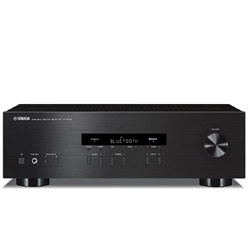
Yamaha R-S202BL
- Yamaha
- | 200
- 2439
-
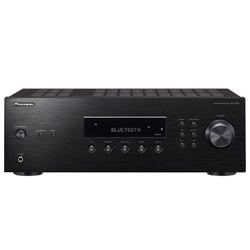
Pioneer SX-10AE
- Pioneer
- | 200
- 211
-
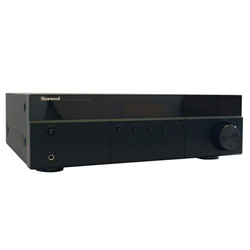
Sherwood RX-4208
- Sherwood
- | 200
- 203
-
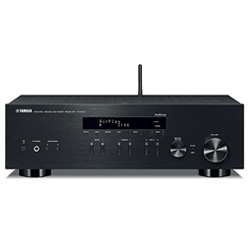
Yamaha R-N303BL
- Yamaha
- | 300
- 257
-
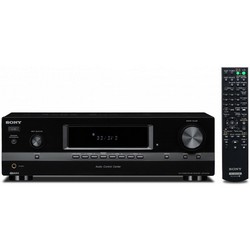
Sony STR-DH130
- Sony
- 1254
-
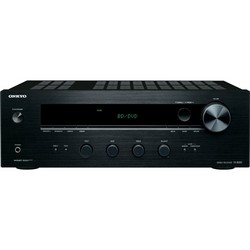
Onkyo TX-8020
- Onkyo
- 738
-
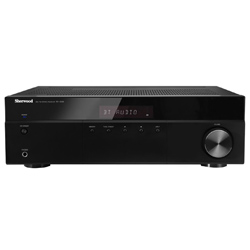
Sherwood RX-4508
- Sherwood
- 563
-
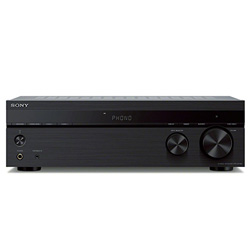
Sony STR-DH190
- Sony
- 1789
-
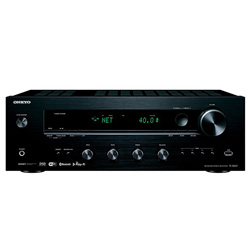
Onkyo TX-8260
- Onkyo
- 40
-
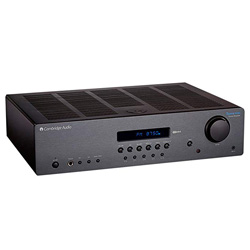
Cambridge Audio Topaz SR10
- Cambridge Audio
- 16
-
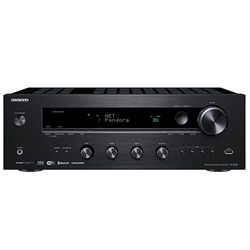
Onkyo TX-8140
- Onkyo
- 165
-
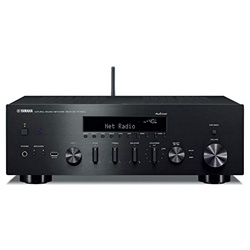
Yamaha R-N602BL
- Yamaha
-
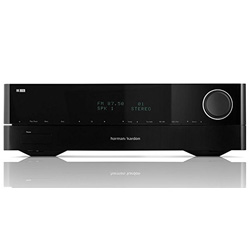
Harman Kardon HK 3700
- Harman Kardon
- 53
-
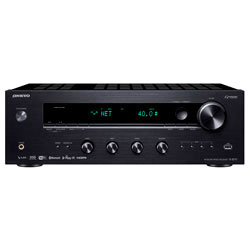
Onkyo TX-8270
- Onkyo
- 119
-
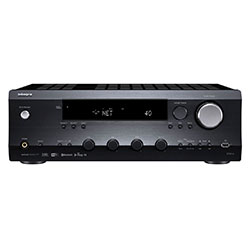
Integra DTM-6
- Integra
- 4
-
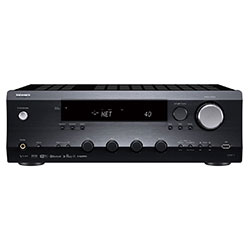
Integra DTM-7
- Integra
- 2
Popular receiver comparisons
